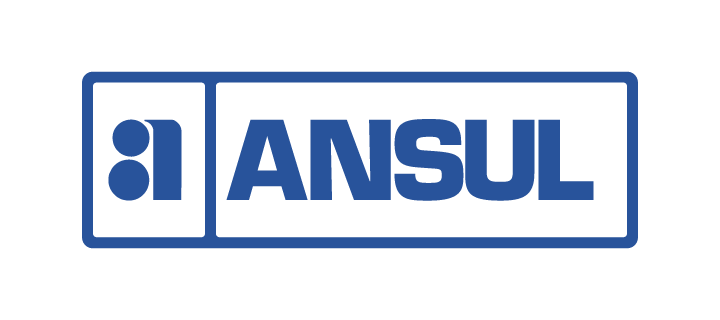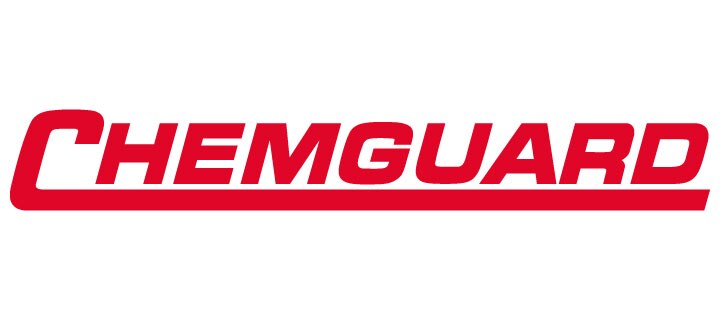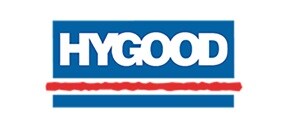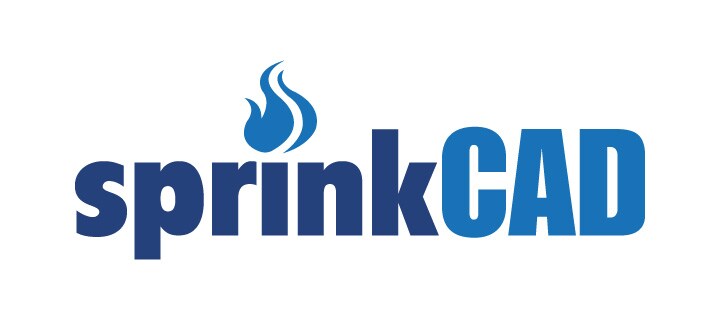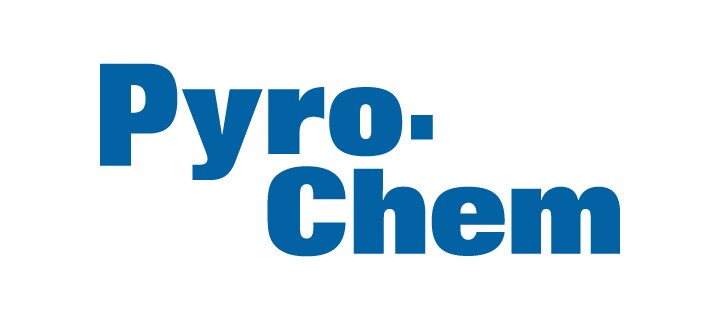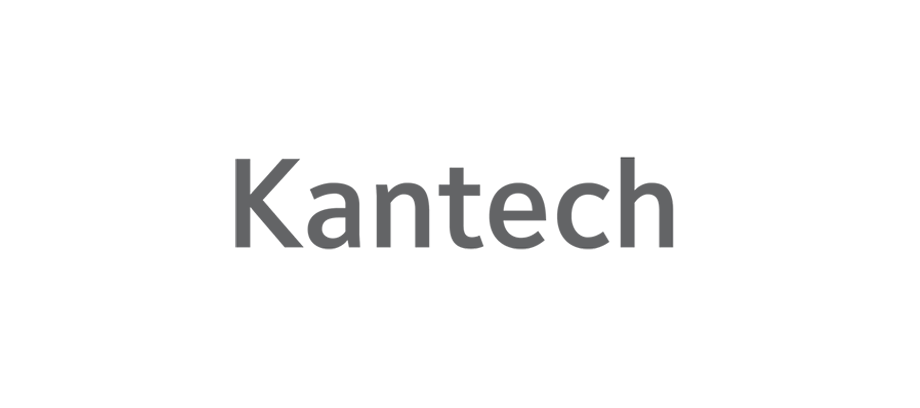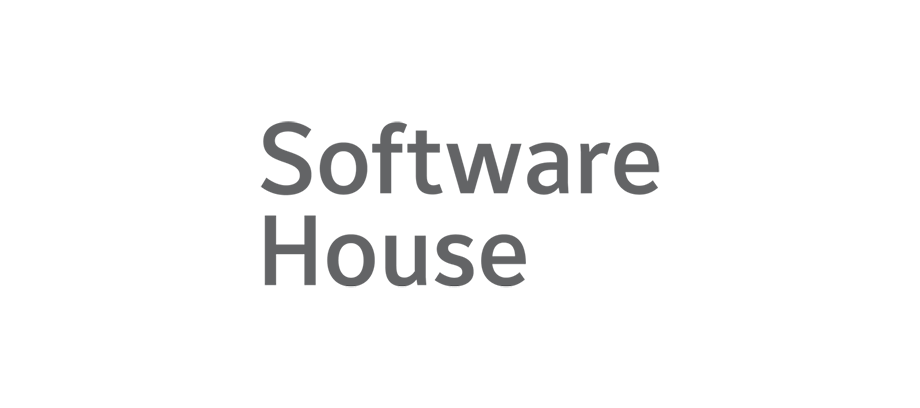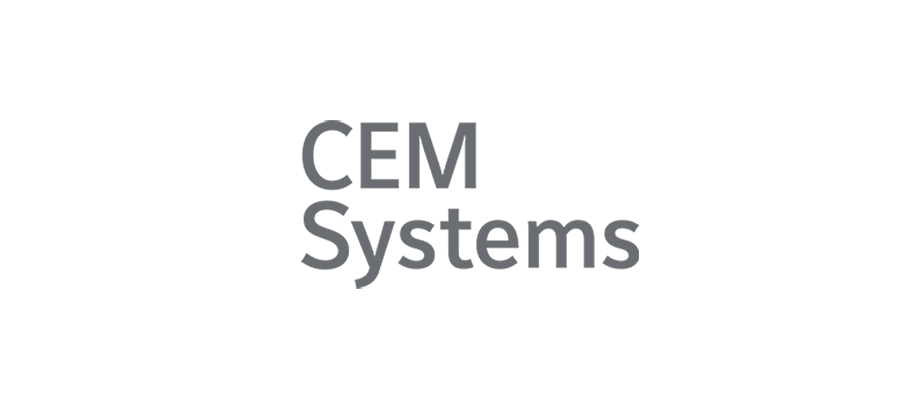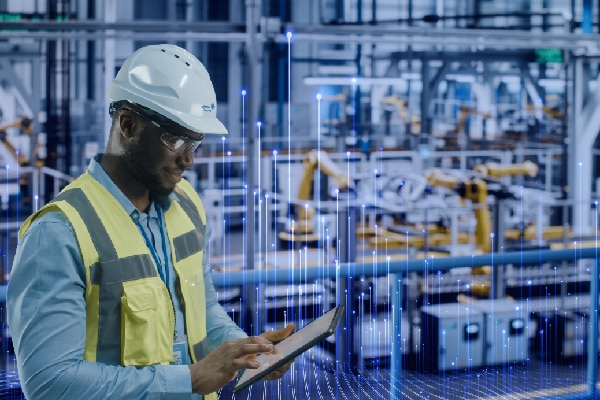- Johnson Controls
- Insights
- Five Priorities for a Seamless 5-day Office Return
Five Priorities for a Seamless 5-day Office Return
Heading back to office full time? As many organizations transition - or have transitioned - back to a five-day office week, it's crucial to consider solutions that focus on creating a modern workplace that fosters engagement and productivity for all employees.
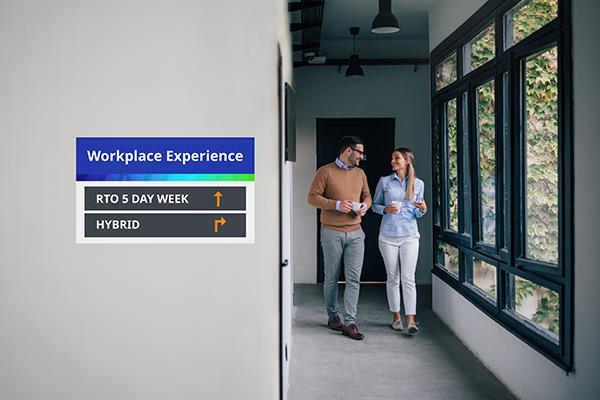
According to the KPMG 2024 CEO Outlook report, which surveyed 1,300 CEOs globally, more than 83% of CEOs globally expect a full return to the office within three years.*
Whether your teams are returning two days or five days, by embracing the right technology, organizations can create a dynamic and adaptable workplace putting people rather than location at the heart of it. Here are the top five priorities for accommodating for the RTO:
1. Invest in the return
Worried about workspace capacity? Solutions can address seating capacity issues by tracking occupancy rates while opening floors only when needed, which also mitigates the rise in energy costs. Not only tracking occupancy, but also creating neighbourhoods to foster productive work environments for individuals and teams. Productivity levels increase with dedicated desk booking and collaboration areas. Additionally, utilizing a range of sensors from occupancy to traffic and space utilization creates a continuous cycle of monitoring and improving usage.
2. Create a smarter, seamless workplace
Harness tools where employees can remotely pre-book meals in the cafeteria or order to their desks with integrated apps like OpenBlue Companion. Make visitor management easier with online guest registration, visitor reports and appropriate access pass issuance. The headache of finding a parking space can also be a thing of the past with systems that allow users to pre-book spaces from the comfort of their homes.
3. Give employees autonomy in the workplace
Facilities Managers are being tasked with creating smarter office experiences to give employees some control over their work environment; Enabling employees to choose their daily workspace preferences leads to increased productivity, autonomy and comfort. Adding in digital access for entry keeps employees safe and ensures a smooth transition to the office environment.
4. Deliver integrated building productivity
Digital solutions that integrate seamlessly with building systems and technologies will allow for better control, monitoring and management of lighting, security and HVAC. Robust reporting will also enable optimized resource allocation, increased building performance and ensure regulator and IT compliance.
5. Boost energy efficiency and sustainability
Higher occupancy levels will naturally lead to increased HVAC usage. This makes it essential to optimize for both cost and comfort. By implementing smart building management systems, facility managers can ensure that heating, ventilation and air conditioning are used efficiently, balancing the need for a comfortable work environment with the goal of reducing energy costs.
Leverage the smart solutions available to ensure a smooth transition of employees back to the office, without compromising on employee satisfaction, sustainability objectives or your financial goals.
To learn about workplace experience solutions that can work for your occupants and bottom line, see more here >



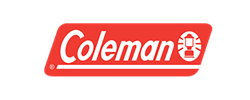

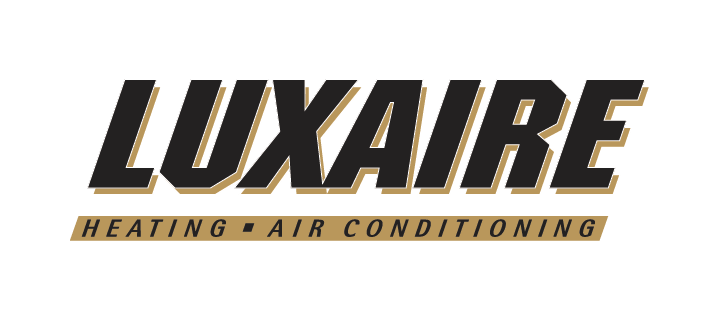


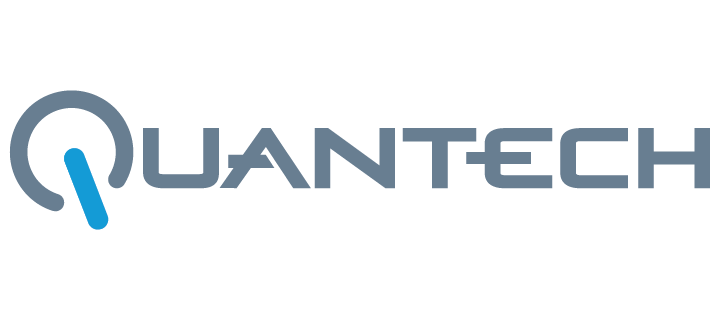
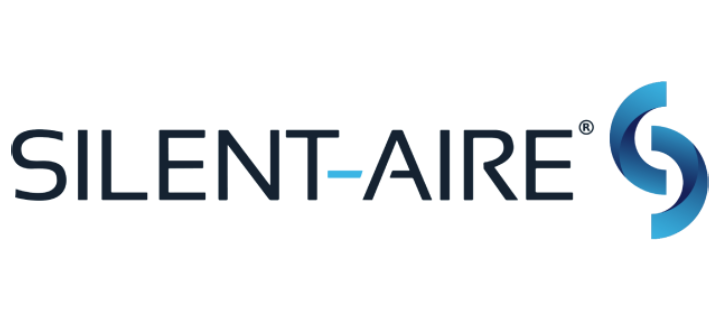
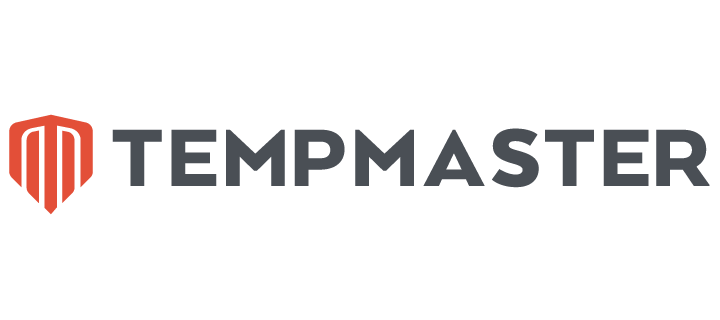


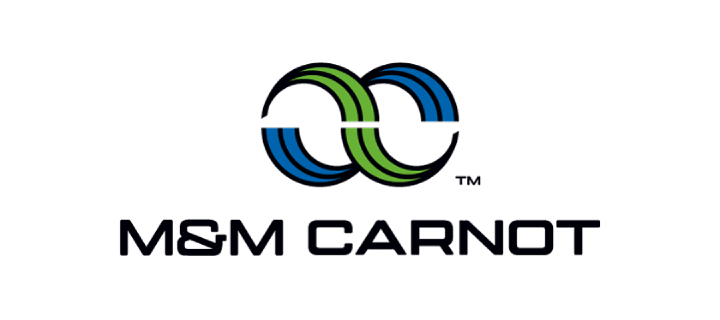

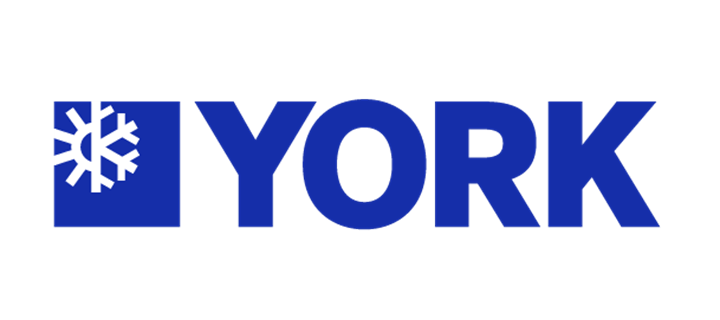

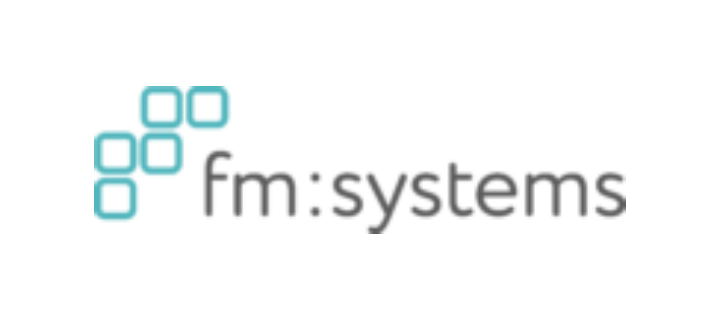
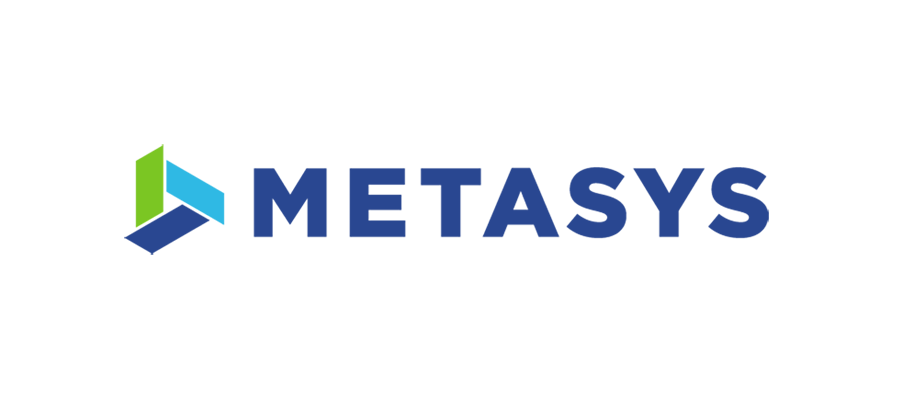


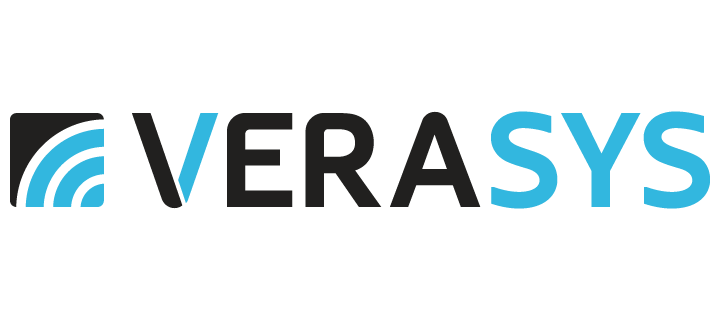



.png?la=en&h=70&w=157&hash=717A494A27ED61C45CEF95AC3A9C6309)
